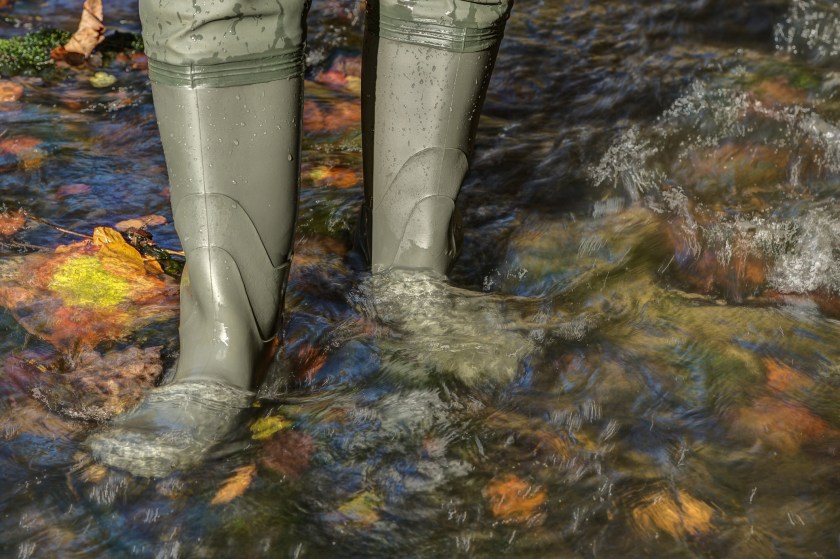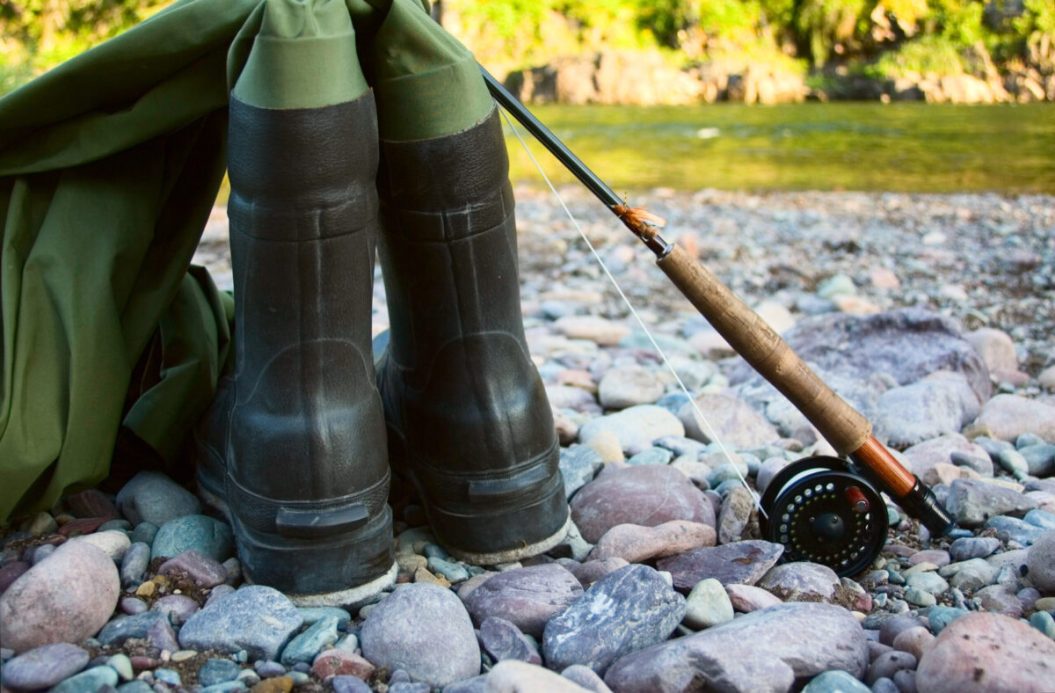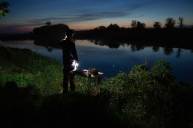It's spring, which means every angler is itching to hit the water. But don't forget one of the most important step of a day spent fishing: decontaminating your gear when you're done.
After the optimistic casts and the oh-so-satisfying feeling of a bite lives a responsibility to the waters we enjoy as outdoorsmen and women. Any of us who enjoy public lands or state-managed waters can't take these places for granted, as we not only have the privilege of using them, but we also play a major function in their survival. As anglers, this effort starts with keeping shared waters free of contamination, disease, and invasive species.
Your personal responsibility here is in remembering to decontaminate your fishing gear.
Why Decontaminating Your Fishing Gear Is Important

Getty Images, RyanJLane
Our gear, boats, and even our fishing accessories can all carry invasive species from one body of water we fish into another, including spreading non-native stowaways across states.
This can happen in multiple ways—boats, fishing waders and boots, and even landing nets have been known to infect waterway. In fact, right now, in spring of 2023, six U.S. states and Yellowstone National Park have a ban on felt-sole wading boots to discourage the spread of didymo and New Zealand mudsnails.
And the results come back to bite anglers—and not the way they like: Didymo and New Zeal mudsnails can infect wild trout streams and other waterways. Rock snot, under the right conditions, can have massive blooms, resulting in thick mats that affect both river and stream bottoms. All of this can lead to reduction in habitat for invertebrates like mayflys and caddisfly nymphs, which fish feed on. Less food means less healthy trout for you to catch.
Another outcome of invasive species: Recently, Minnesota's Department of Natural Resources has been forced to close many of the state's public lakes and ponds because they're infested with invasive species like milfoil and zebra mussels, which is contributing, in part, to a minnow shortage for local fishing.
The list goes on for how transporting non-native stowaways to new bodies of water can affect not just the environment but also your ability to recreate. That's why it's crucial to make sure you do your part.
How to Decontaminate Your Gear
Fishermen are just as responsible for making sure that their gear is free of invasive species such as rock snot (didymo), New Zealand mudsnails, and zebra mussels from entering waters where they have not already been introduced. Here's the steps you should take at the end of every day out fishing.
1. Spray and Scrub Your Boots

Getty Images, Edgar G. Biehle
Whether it's your wading boots or your bootfoot waders, you must recognize that they can carry away hidden items in the laces, on the soles, or on the legs that can contaminate another waterway.
I always carry a small, multi-purpose cleaning brush in my pack to use before I leave the water. It's easy to stand at the edge of the stream or at the ramp of the boat launch and gently but firmly scrub away anything that may be trying to become an unwanted hitchhiker.
But, that's only the beginning of what you can do: Once back home, grab a good all-purpose, organic cleaners to help in your fight. Make sure it is indeed organic to keep our rivers, streams, and ponds healthy. And don't use anything stronger than all-purpose; anything harsher, such as a diluted bleach solution, will work but could be hard on your gear.
Spray down your boots and waders at home in the driveway, and scrub with a brush. Then, hose them both down. Most importantly, hang the waders to dry completely and leave wading boots in the sun.
2. Soak Your Net in Soapy Water

Here's hoping that you had plenty of use for that landing net on the last fishing trip you went on—but now take the time to give it a simple cleaning. A smaller trout-specific net will usually fit in a bucket of soapy water, where you can let it soak for a bit before rinsing and setting it out to dry.
For that full-size landing net that goes in the boat, use something bigger like a wheelbarrow or a kiddie pool to soak the net in soapy water. Using a garden hose, spray off the net; then let it hang dry before your next trip.
Bonus: Anyone who has had the good fortune of landing several northern pike will tell you this procedure will get rid of all that slime and smell from those big and toothy fighting fish.
3. Pressure Wash Your Boat

G. Loomis
Decontaminating your fishing boat is a much more difficult prospect, but one worth the time and effort. Every environmentally-conscious boat owner should get their boat professionally cleaned at the end of each season.
During the summer months it's not so simple. Once you've removed the boat from the water and it's sitting on the trailer, you will still have to reach areas that aren't so accessible.
Here is where a good power washer comes into play. If you don't own one, you can easily rent one (or borrow one from a friend or neighbor), and they are simple to use. Make sure to clean the outboard or lower unit and prop along with areas that are above the waterline.
In lieu of a pressure washer, a hose connected to a scrubber wand attachment also works wonders for cleaning your boat, but the most important thing is to let it dry completely before launching it into another body of water.




